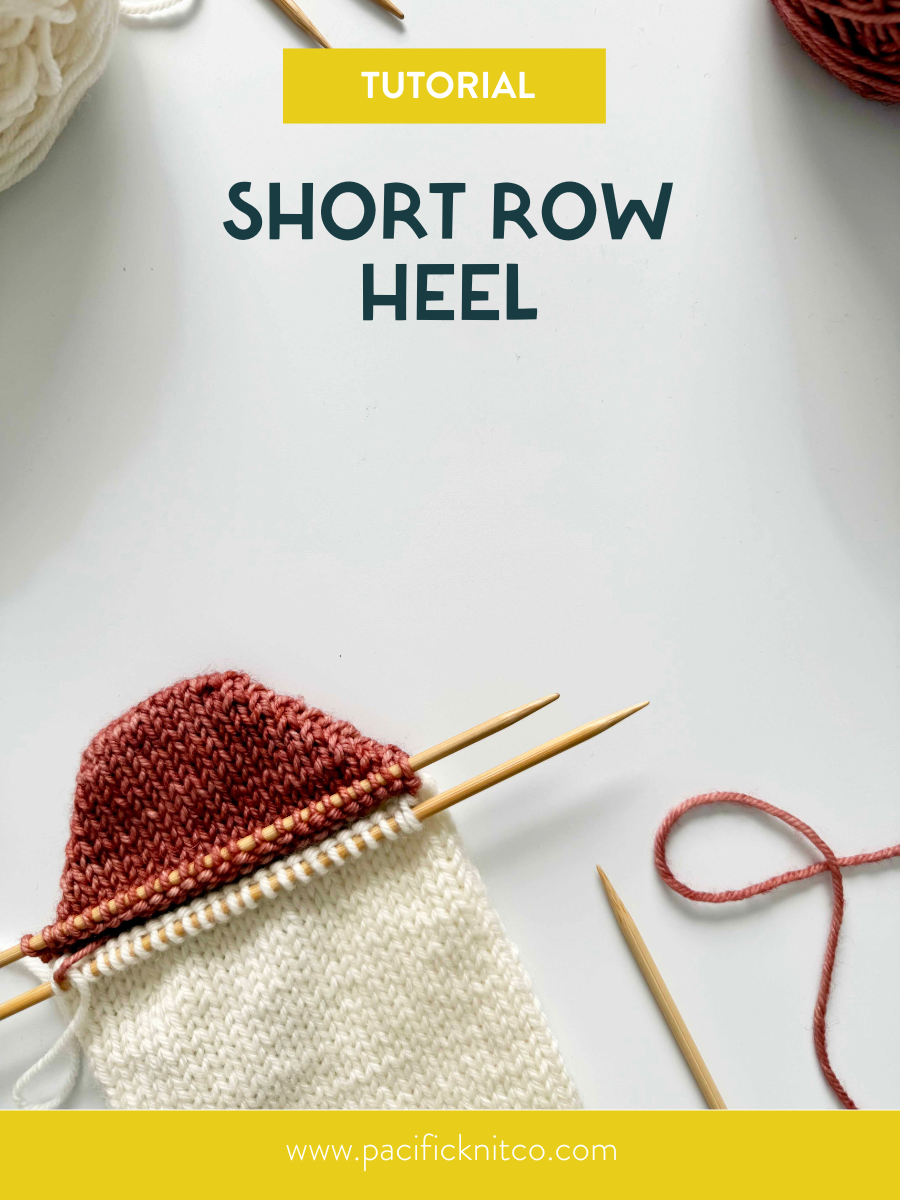Tutorial: Decreases (K2tog & ssk)
What are decreases?
All decreases in knitting are ways to decrease the number of working stitches, usually used for shaping or changing the width of a piece of knitting. The two most commonly used decrease methods are k2tog and ssk. K2tog & ssk are often paired together on either side of a central column, so that the knitting becomes narrower in an even wedge shape.
When to use them
Any time you want to make part of your knitting more narrow, such as at the top of a hat or at the toe of a top-down sock. You'll also usually see a decrease round at the end of a section of cable knitting, as the gauge changes between cables and stockinette. You can even pair decreases with increases to create a bias knit, where the columns of stitches runs on the diagonal.
Doodle patterns that use this technique
The Base Doodle Beanie uses decreases to shape the crown, and the Base Doodle Top-Down Sock uses decreases on the heel and toe shaping.

INSTRUCTIONS
Note: The abbreviations for k2tog/ssk may or may not be capitalized in a pattern depending on designer preference, but it makes no difference in meaning.
We have a separate tutorial about Increases (coming soon).
HOW TO K2TOG
"K2tog" stands for "knit two stitches together", and it is a right-leaning decrease. This means that the decreases lean towards the righthand side of the work, especially if there is a column of decreases close together.
Step 1: Work up to the point where the pattern directs you to make a k2tog.
Step 2: Using the tip of your right needle, go through the front loop of the next two stitches on your left needle.

Step 3: Wrap the yarn around the tip of your right needle, pull the yarn through both stitches, then let the stitches come off your left needle.

Step 4: Continue working per your pattern.
HOW TO SSK
"Ssk: stands for "slip, slip, knit", and it is a left-leaning decrease. This means that the decreases lean towards the lefthand side of the work, especially if there is a column of decreases close together.
Step 1: Work up to the point where the pattern directs you to make a ssk.
Step 2: Using the tip of your right needle, slip the next two stitches, knitwise, onto the right needle.

Step 3: Using the tip of your left needle, go through the front of both slipped stiches.

Step 4: Wrap the yarn around the tip of your right needle, pull the yarn through both stitches, then let the stitches come off your left needle. (the pink arrows in the photo below show the two sts that have been ssk together).

Step 5: Continue working per your pattern.
Note: there are various tips out there for how to make your ssk's look slightly different, so different tutorials may have slightly different instructions. This is just one way to work this decrease.
Happy Doodling!
Blog co-written by Jamie Lomax and Grey Lundy.




